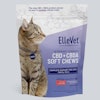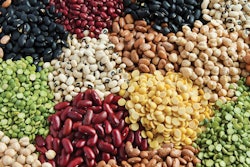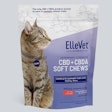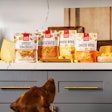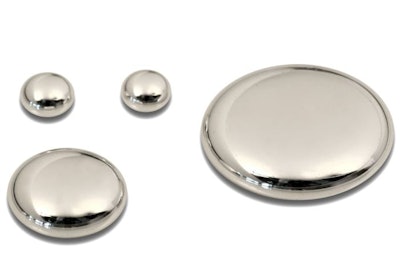
Brazilian scientists analyzed dozens of dog and cat foods. The researchers found that some pet foods contained levels of mercury and cadmium that exceeded the maximum limit suggested by the European Commission. However, lead and arsenic were below levels that can have toxic effects. Plus, the wet and dry pet foods contained sufficient nutrients to meet American Feed Control Official (AAFCO) guidelines.
“There is a concern about the concentrations of chemical elements in pet food indicating that constant measures are needed to ensure the pet food safety,” said Bruno Lemos-Batista, PhD, adjunct professor in the Center for Natural and Human Sciences at the Federal University of ABC (Universidade Federal do ABC).
Certain styles of pet food and ingredients may be of greater concern than others.
“Almost all the canned brands have higher mercury levels and have marine foods (fish or tuna fish) in the composition,” he said.
Types of heavy metals found in Brazilian pet foods
“Mercury can exist in two forms in the organism, inorganic and organic form,” he said. “The most toxic are the methylmercury or ethylmercury (organic form) that can accumulate in the organism with long-term exposure and can cause neurotoxicity. Moreover, this organic form is widely found in marine food that can be used to make pet food.”
“Chronic low-dose oral cadmium exposure induces oxidative stress changing the activity of enzymes that are essential to the antioxidant defense of our organism,” he said.
“The other toxic metals don't have a maximum level or enough studies to predict the levels that will be toxic.”
Brazilian pet food contents analysis study design
In the experiment, Lemos and his team tested 43 brands of dry kibble, including 62 dry dog food and 14 dry cat food samples. They also tested six samples each from wet dog and cat foods, representing five brands of canned pet food. All of the pet foods were produced in Brazil and purchased in local supermarkets.
The results of the study were published in the Journal of Consumer Protection and Food Safety.


